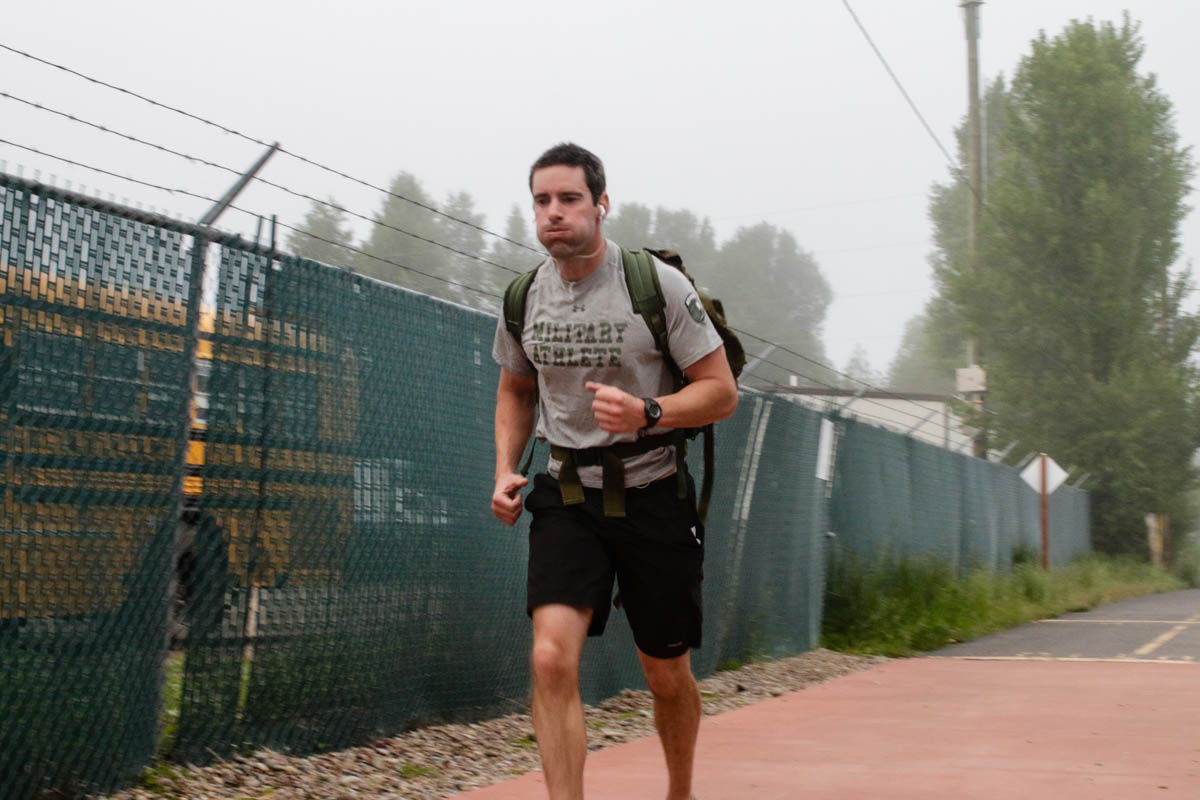By Rob Shaul
The Mountain Tactical Institute demonstrates our hard pivot to human and mission performance research. It’s built from a serious need for an institution which places the mission first.
Our focus is “Mission-Direct Research” – practical, functional, innovative tools and techniques mountain and tactical athletes can deploy in the real world, right away.
Most academic research is behind what’s happening on the front lines. It’s reactive and slow. Certainly this has been my experience as a strength and conditioning professional programming mission-direct training for mountain and tactical athletes.
NATO soldiers with deployment orders to Afghanistan in 2007 didn’t have time to wait for exercise science department heads to get around to scientifically researching the best training protocol for mountainous patrols under load. They had deployment orders in six months and needed to be fit.
Did we have time to test each element of the training plan on study and control groups?
No. We applied hard earned knowledge and techniques working with mountain athletes, as well as proven principals of sport-specificity and progression to develop the Afghanistan Pre-Deployment Training Plan.
What we did do was test it on lab rats here and offered it for free to soldiers and others with deployment orders in return for feedback.
We respond to feedback from troops who used the plan for their train up and tested it downrange, to churn, modify and improve the plan. We built and improved the plan using cutting edge, “lean” business principals, and weight room-functional common sense.
Ultimately, we gave the plan away to literally thousands of NATO soldiers and others with deployment orders.
Certainly we aspire to peer reviewed, scholarly research and have studies underway which will meet these requirements. We have an on-staff PhD, and are actively pursuing and building relationships and partnerships with Universities and others, such as the Mayo Institute, to leverage our resources and knowledge base.
But we won’t be shackled by this. Scholarly publication will be a benefit, not the focus, or our work.
Like the Rand Corporation for national security issues and McKinsey&Company for economic policy, we will also develop research papers, white papers, and our own publication for “tip of the spear,” thinking, ideas and research.
We are seeking partnerships beyond academia – to industry, other strength and conditioning institutions, medical and rehab professionals, and especially, front line strength and conditioning coaches also working with these unique athletes.
And we won’t be limited to exercise science. We will explore safety, technique, gear/materials, culture, psychology etc. – we will follow the research path wherever it leads with the goal of enhancing/improving mountain and tactical mission performance.
Here are some of the Mission-Direct Research initiatives currently underway:
Ruck Deep Dive – currently working to identify the most important fitness determinants of rucking performance. We’ve done a pilot study already, and are seeking a partner with a larger pool of study subjects to validate our pilot study findings. Next will be building a ruck training plan around these determinants with the goal of identifying the most effective and efficient methodology for training rucking.
Pull-Up Training Protocols: Using our in-house lab rats, testing 3 different pull-up training protocols. End goal is identifying the most efficient and effective methodology for training pull up and pulling strength for female tactical athletes, as pull-up performance and pulling strength is a major issue for women facing combat military schools and selections
Recovery Positions: What’s best, laying down, bending over, or standing for work capacity recovery? We’re testing it using heart rate. For example, we’ve found in a kneeling position, sitting back on your heel decreases heart rate faster than kneeling more erect. This has immediate tactical application.
Work Capacity Standard for Tactical Athletes: We understand many tactical situations are similar to a repeated sprint effort …. fire and move to cover, fire, advance and move to cover, etc. We’ve developed a protocol to test with the ultimate aim of developing a standard hinged around the idea of VO2 Kinetics and repeated, standardized, power output.
The transferability of panic control learned through water confidence training to tactical situations. Working with the Mayo Clinic and Sensecore, we plan to test this theory later this summer.
Complete a “Fitness Culture” and Job Task analysis for a small city Fire Department and following it up with a task-specific strength and conditioning program. We have partnered with the Des Moines, IA Fire Department for this project and researches will be visiting Des Moines in July for data collection. Bigger question is how a unit or agency’s fitness culture affects training participation, and if so, how to build or enhance a fitness culture.
“Event” nutrition for loaded movement – event nutrition currently available (gels, etc.) has been designed around triathlons, ultra marathons, cycling, and other unloaded, single mode, endurance events. However, the bulk of the athletes we work with are loaded with heavy rucks/packs, weapons, ammo, etc. This loading increases energy and strength demands far greater than unloaded efforts. We suspect the nutritional demands are also different and aim to identify the best formula.
We have many more ideas for future projects, and are always looking for suggestions and partners. We’d love to hear your ideas and partner with you to follow them through.
Interested? Please email me: rob@strongswiftdurable.com

